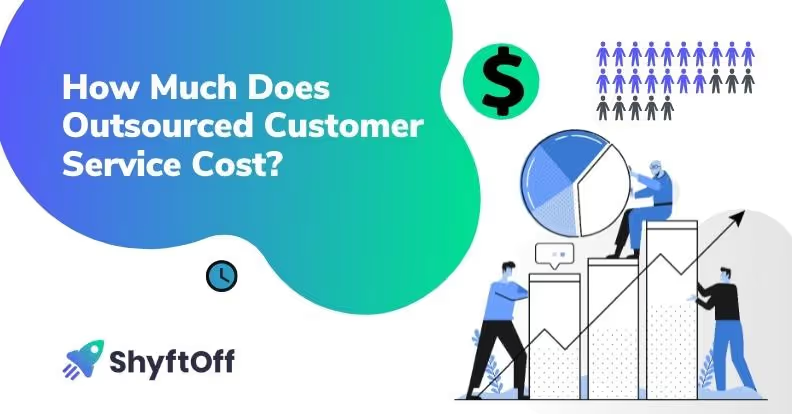Contrary to popular belief, there is a way for contact centers to achieve perfect staffing. Whether you're a new contact center leader or a seasoned veteran, you understand that contact center staffing is one of the most challenging functions of operating a contact center. The growth of omnichannel support and customer expectations create unique requirements for contact centers to find the right people or resources to provide excellent customer service.
In this blog post, we share the common problems with contact center staffing and introduce ways contact center operators can reframe their approach to get closer to perfect staffing.
Common Problems with Contact Center Staffing
- High attrition: High attrition is one of the most widely known challenges of operating a contact center. Demanding workloads, fast-paced and repetitive work, and frustrated customers are some of the reasons agents leave a contact center. Compensation and lack of advancement opportunities are other reasons agents quit. Compensation and changing the type of work agents do in a contact center are often the hardest things for contact centers to change. Budget constraints don’t enable high pay, and business operations are pretty standard to meet customer service levels.
- Limited talent pool: The labor market is tight. Agents want flexibility and the opportunity to work from home. Contact centers typically have set schedules, mandated overtime, and require in-office work–these working conditions don’t exactly attract high-quality talent. High attrition also leads to poor reviews and ratings on websites like GlassDoor, giving contact centers a bad rep. Flexibility continues to be one of the perks agents value the most, which most contact centers are designed to do well. This creates a less attractive work environment for top talent.
- Unstructured recruitment process: With a limited talent pool, knowing what to look for in a top-performing agent can be hard. Most contact centers have to lower the job's minimum requirements to fill their recruitment pipeline. This creates a large pool of candidates that can be difficult to sort through to find the right agents for your contact center. This makes hiring extremely difficult and time-intensive for your support staff–distracting them from improving contact center operations. Inexperienced talent also leads contact centers to create longer training cycles making it harder to staff talent quickly to manage customer demands.
- Inadequate onboarding and training: High turnover pressures contact centers to push new recruits straight to work–often creating a poor training and onboarding experience. For some contact centers, the proper onboarding may be completely neglected because customer demand is so high, and they need agents to work as soon as possible. When agents aren’t properly trained, this negatively impacts the workforce. Without adequate and optimized training, agents can lose enthusiasm and confidence to support customers leading to poor KPIs. Some contact centers cut corners on training due to budget and time constraints, leading to agents developing bad habits passed on to new hires, creating larger problems around SOP efficiency.
- Workforce not properly optimized: The challenge with most contact center staffing is they aren’t staffed correctly. Optimizing staffing levels will have the most impact on your budget. Most contact centers don’t understand how to properly forecast contact volume and handle times. This can lead to inefficient agent scheduling and poor communication between agents and supervisors. These inefficiencies can lead to employee absenteeism and long or irregular work hours for the agents that do show up.
- Inability to scale: Scaling requires careful and accurate planning to be executed properly. Sudden growth can be very costly to contact centers, not only in increased costs but in agent burnout furthering high attrition rates. If you bring agents on too quickly, you run the risk of poor customer service due to new and untrained agents. This starts a domino effect of longer wait times to address the higher call volume. Without proper planning, scaling can also lead to increased hardware costs and lead to overstaffing.
Contact Center Staffing Problems Typically Fall Into One of The Following Three Categories
Understaffed and Underperforming
- You don’t have enough people, causing you to underdeliver for your customers. This is probably the easiest problem to fix, as you can rely on BPO or GigCX partners to help fill in these gaps. These challenges arise from all the common problems stated earlier.
Overstaffed and Underperforming
- You have more people than required, and they aren’t meeting your service level targets. This situation gets more complex when you’re overstaffed because you need to dig in and understand more about your business. These challenges arise when you don’t have the right talent, inadequate training, the wrong staffing mix, and poor scaling.
Overstaffed and Overperforming
- You have more people than you need and meet or exceed your service levels. This is a good problem to have but could be incurring extra costs your contact center doesn’t have to pay. These challenges arise from an unstructured onboarding process, the wrong staffing mix, and poor scaling.
How to Fix and Mitigate These Three Common Staffing Problems
Understaffed and Underperforming
- Avoid signing up for reductions in your front-line staff, this seems obvious, but when performance is low, businesses often want to cut what’s not working. Your contact center is a vital function of your business. In this case, performance is due to a lack of resources, so cutting would only put you in worse shape.
- Focus on getting staffed correctly. This is entirely dependent on the accuracy of your planning, as mentioned above.
- You will also want to seek resources to determine if you should rely on onshore, nearshore, or offshore staffing to fill the gaps.
Overstaffed and Underperforming
When you’re overstaffed and underperforming, your first reaction may be to cut staff immediately. However, don’t do this too quickly and without the right data. There are questions you need to ask to make sure you fix the problem before cutting staff
- Do you have the right amount of agents scheduled at the right times?
- Are people showing up on time? Are they logged in and available when they are scheduled?
- Are you practicing effective Workforce Management? Who’s responsible for keeping forecasts and planning up to date and accurate?
- Are you holding your agents accountable for performance?
- Do you have the right incentives in place?
Once you’ve identified answers to these questions, you can determine whether you’re truly overstaffed or underutilizing your team. You may find opportunities to improve the common problems above (finding the right people, improving onboarding, and staffing correctly).
Overstaffed and Overperforming
You can correct overstaffing by
- Temporarily stopping hiring classes.
- Allow natural attrition to reduce staffing levels (this is often preferred over mandated staffing reductions).
- However, if more immediate cost savings or changes are necessary, reduce staff.
- As you reduce staff, be sure to avoid reducing too many too quickly. Otherwise, you could end up in one of the other categories very quickly. This is where solid forecasting comes in handy– make sure you understand what lies ahead and that you have enough people to cover your busy season.
- Account for team schedules to avoid understaffing on different days or times.
- Also, keep in mind that layoffs impact the employer's brand and culture. Before reducing staff, ensure you have your numbers buttoned up so you don’t have to backpedal and hire to replace what you’ve lost.
At ShyftOff, we help contact centers realize perfect staffing. In our experience, contact centers that nail their forecasting can accurately address staffing needs. With accurate forecasting, contact center operators can begin to identify the right resources or outsourcing partners to help achieve perfect staffing.
If you have questions about your current staffing model or are seeking a partner to help meet your forecasting requirements, contact our team to schedule a demo.






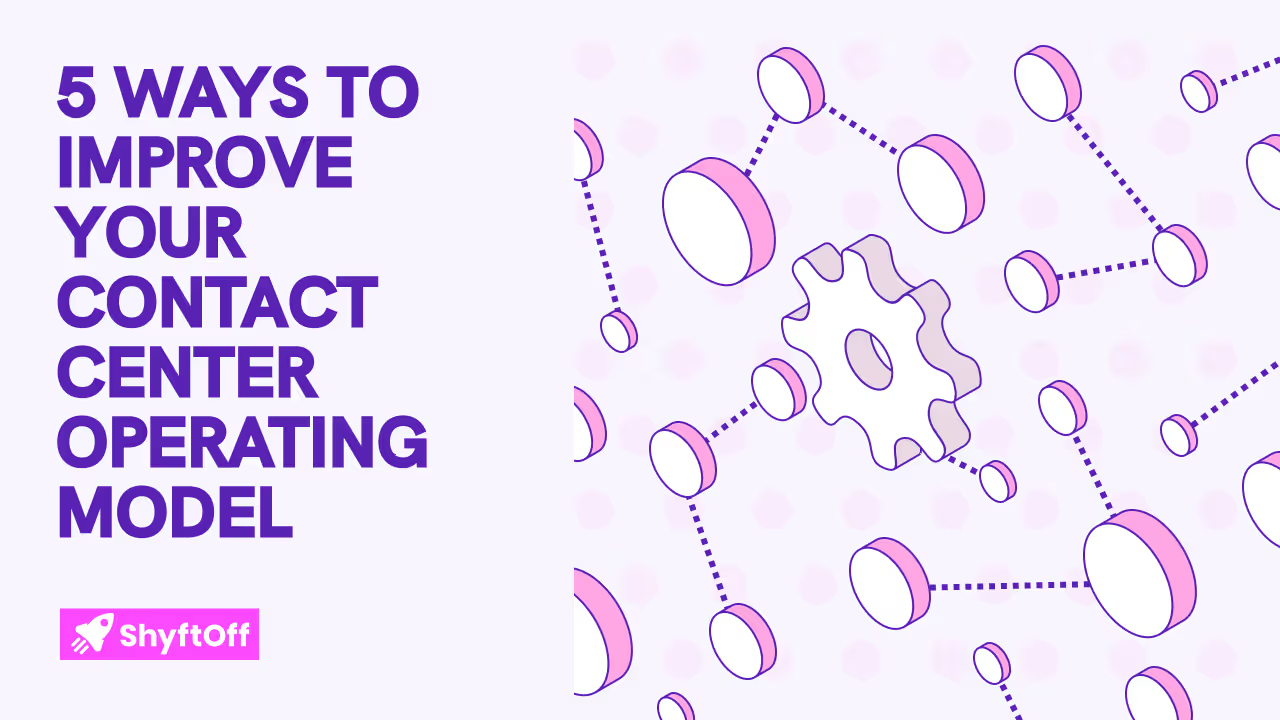
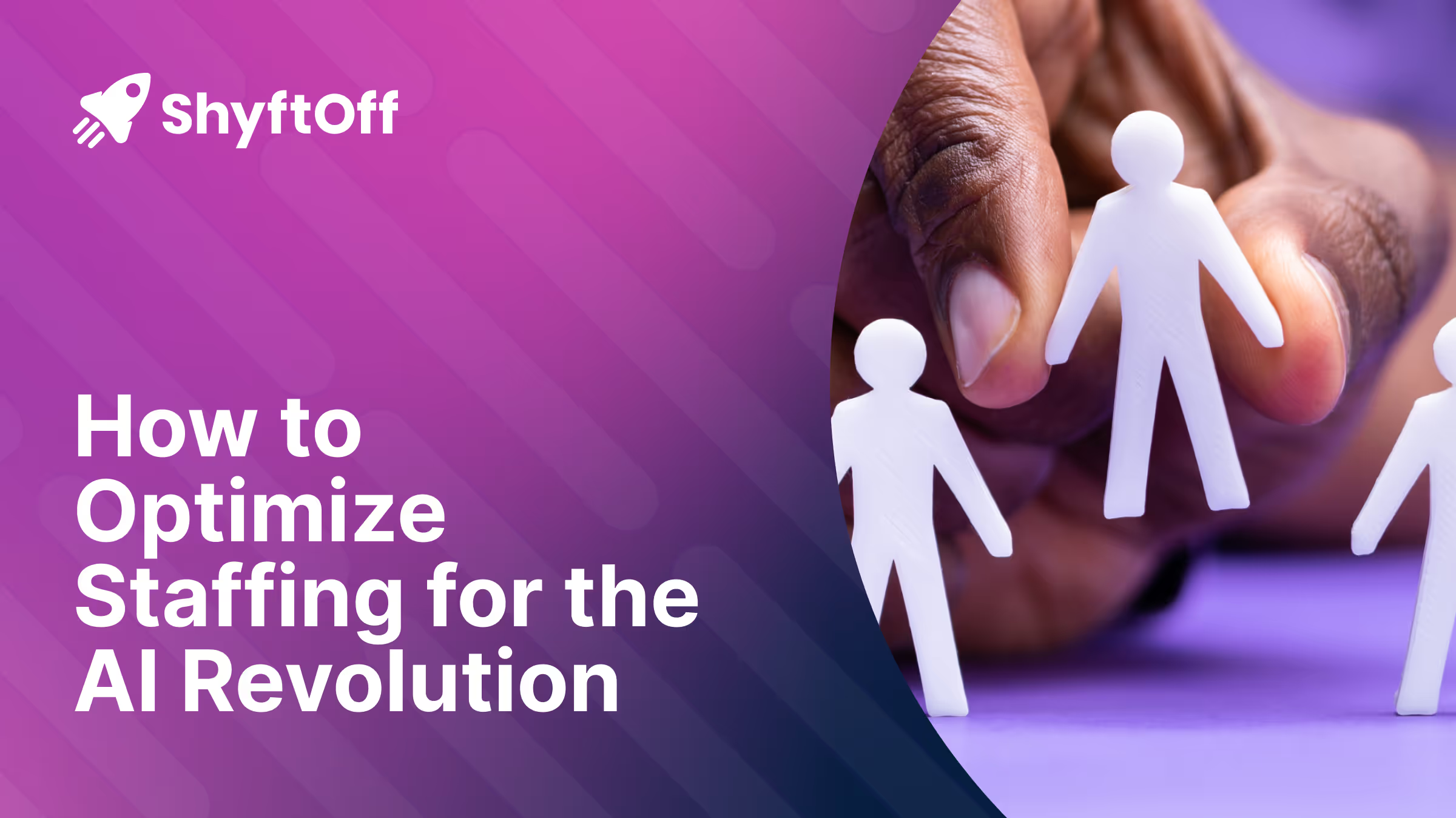
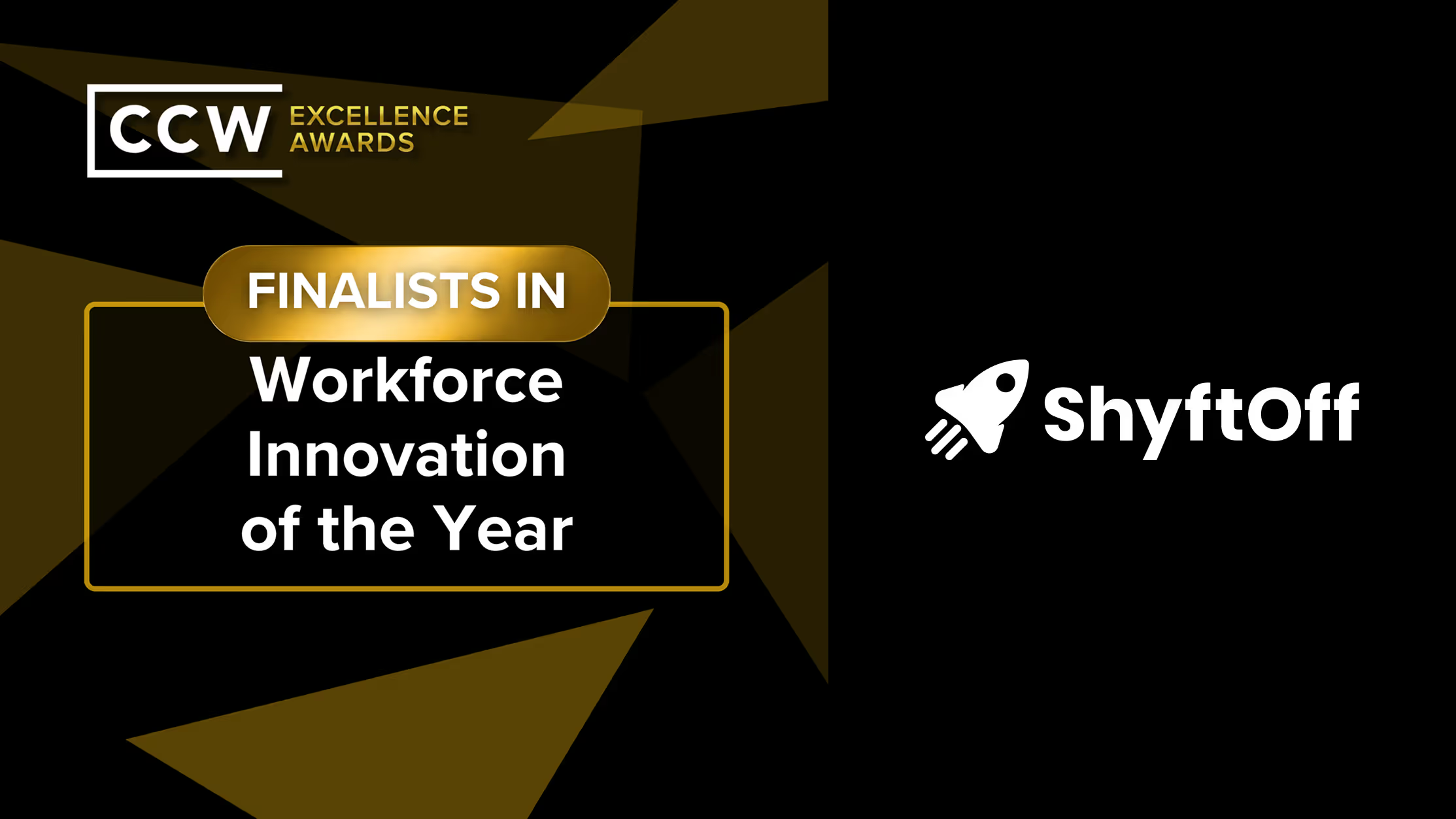


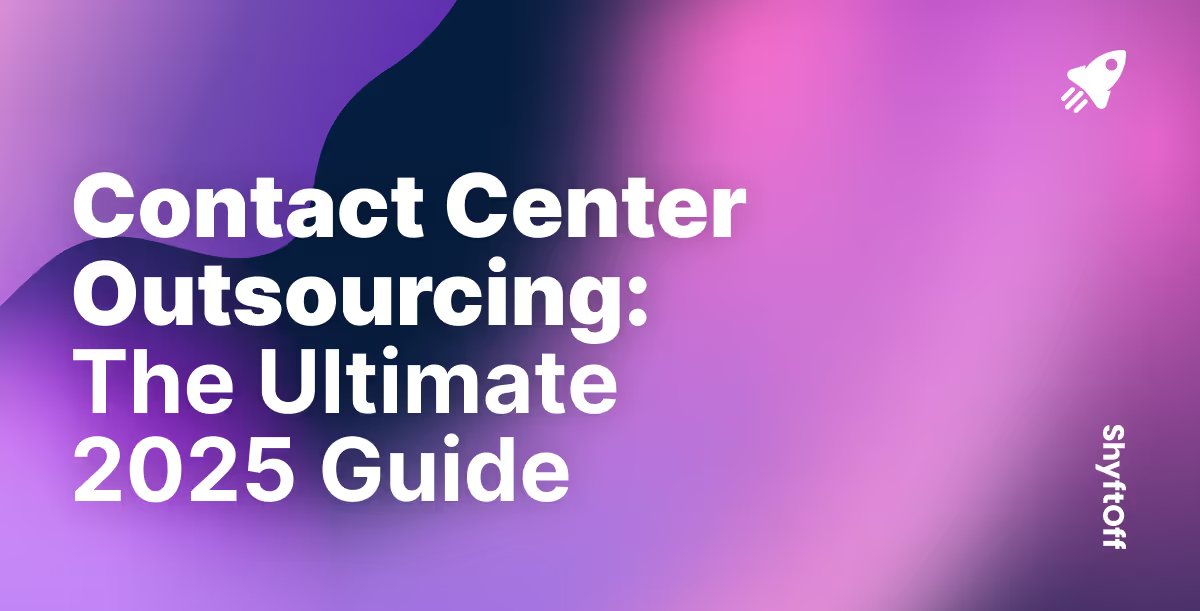
%2520(1)%2520(1).avif)

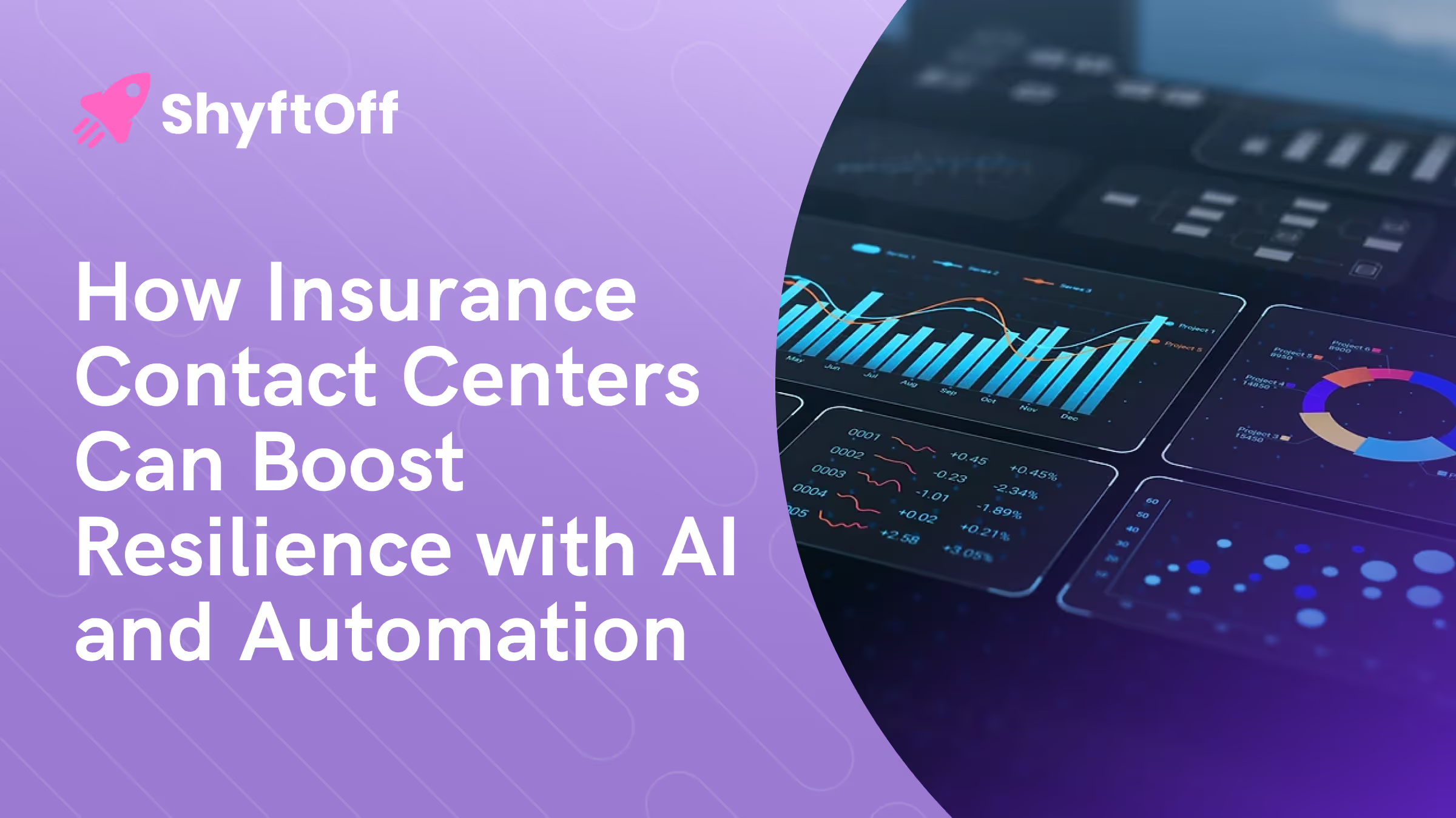




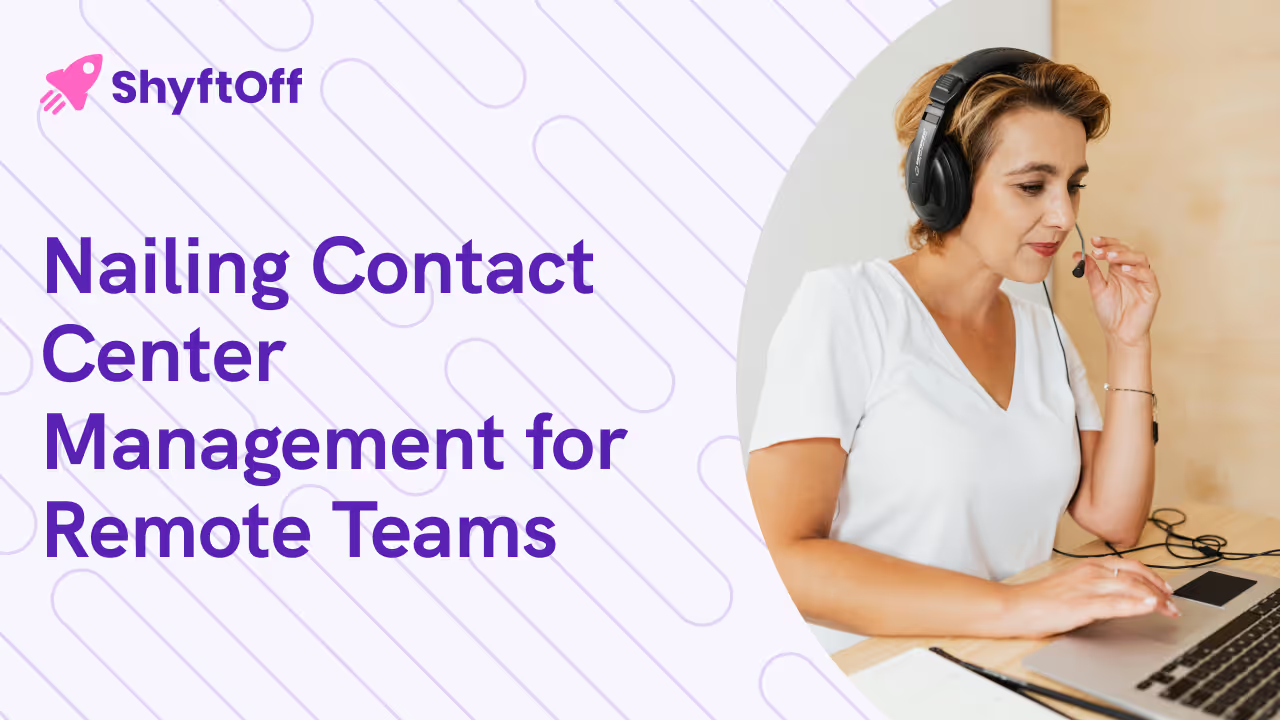

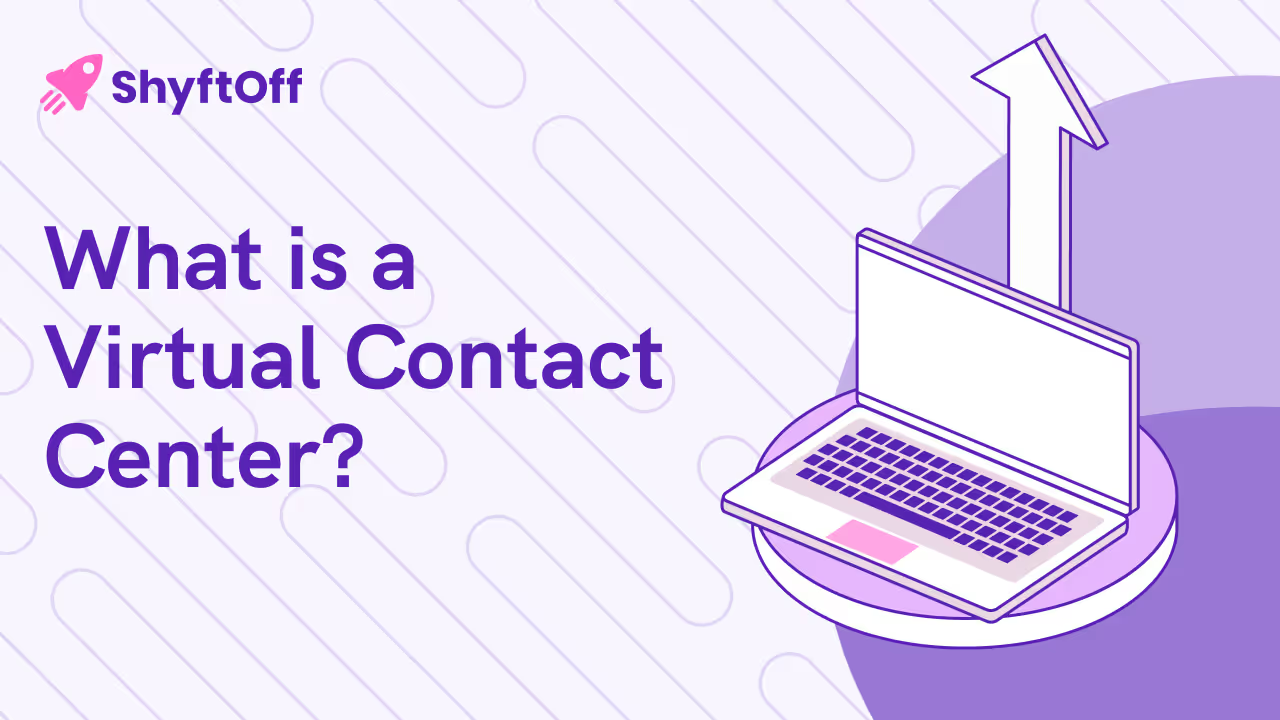
.avif)
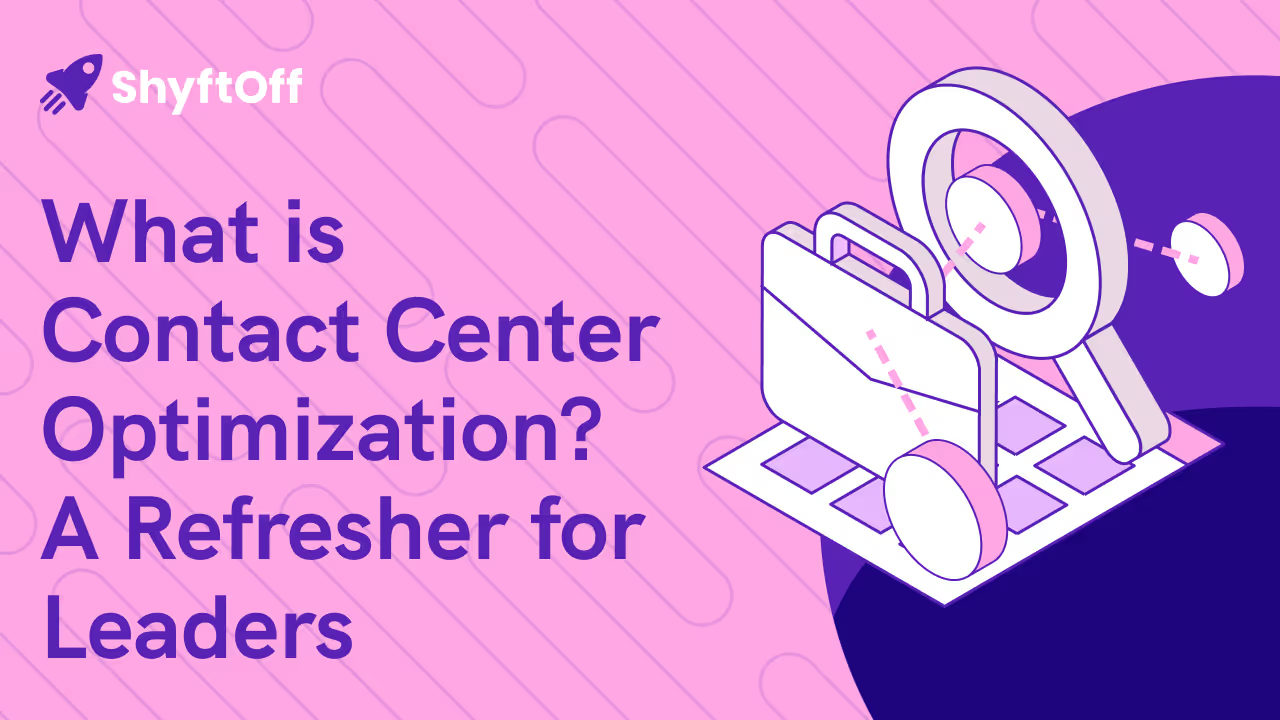
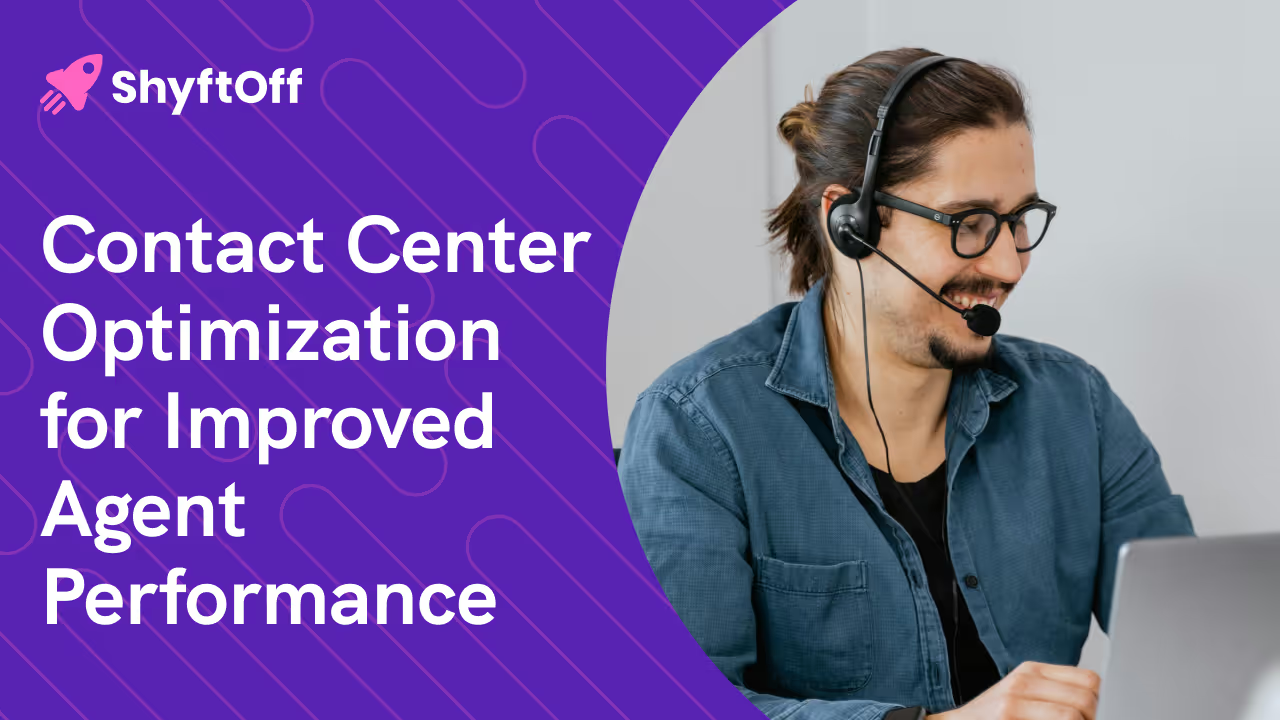
.avif)


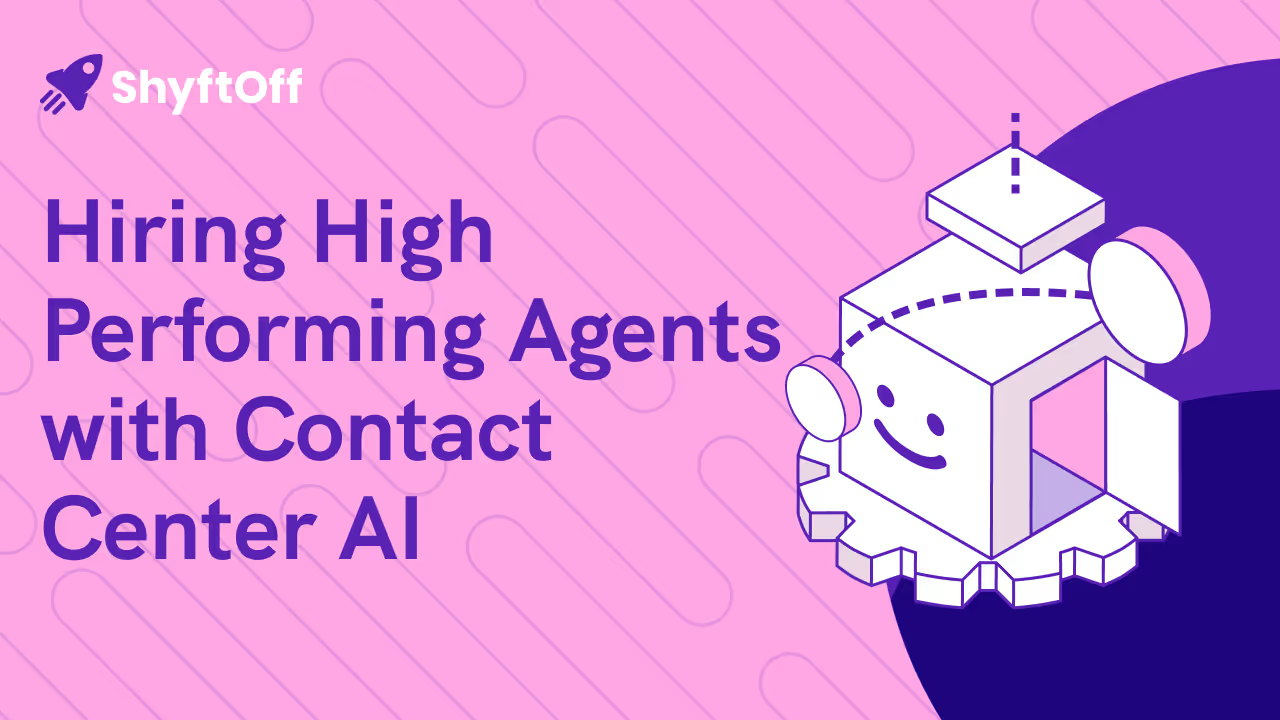

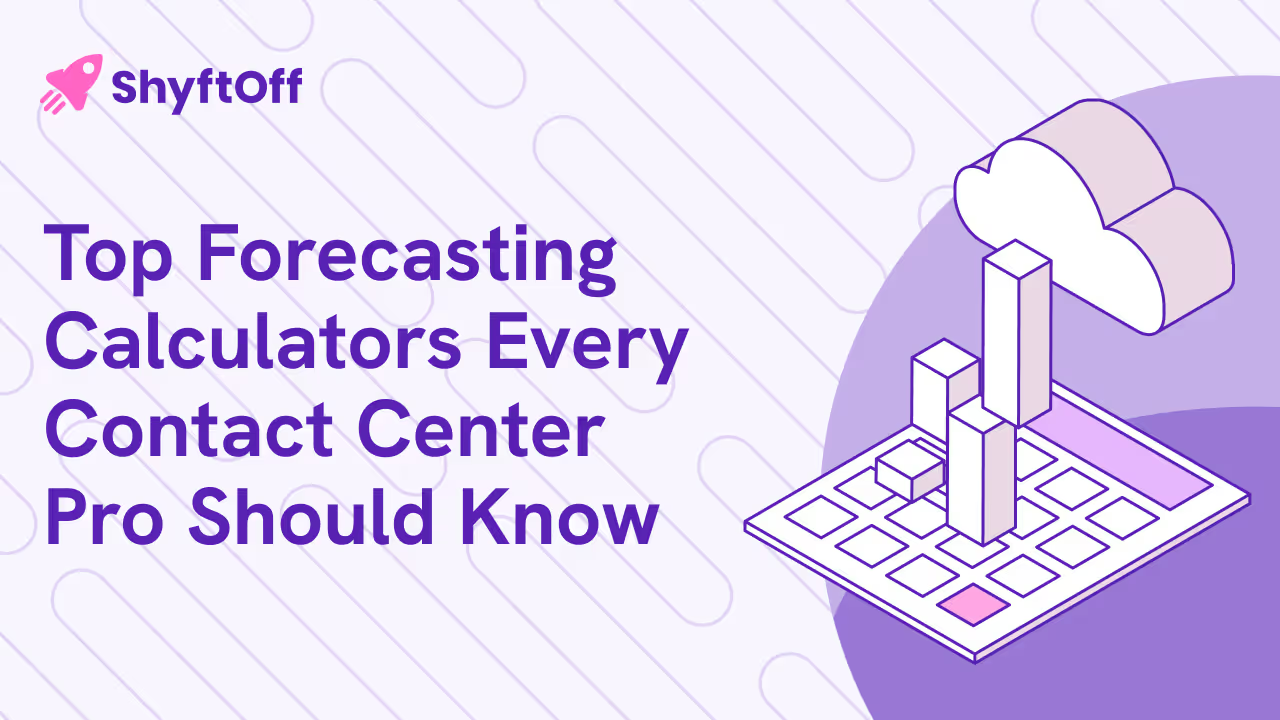
.avif)



.avif)


.avif)




%2520(2).avif)



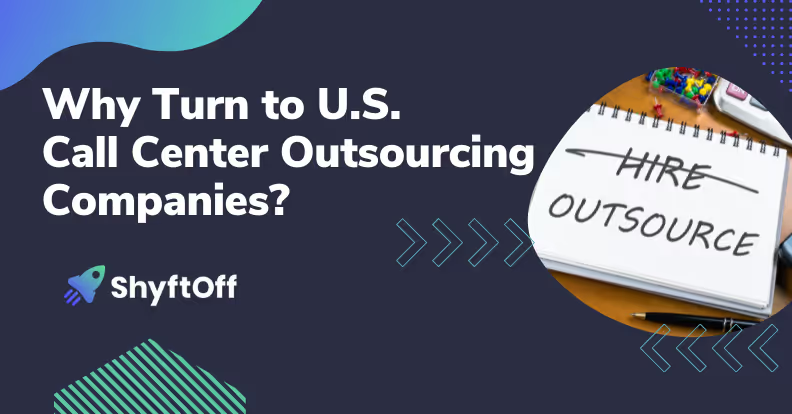




.avif)

